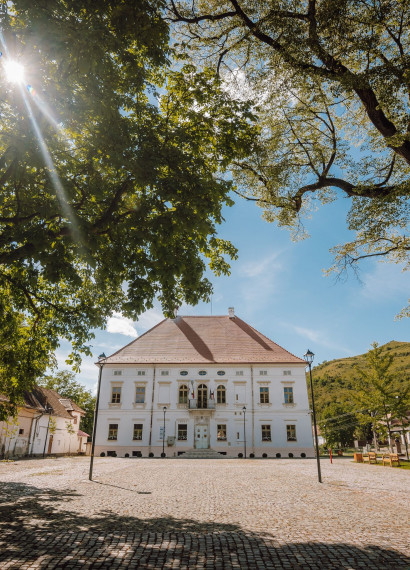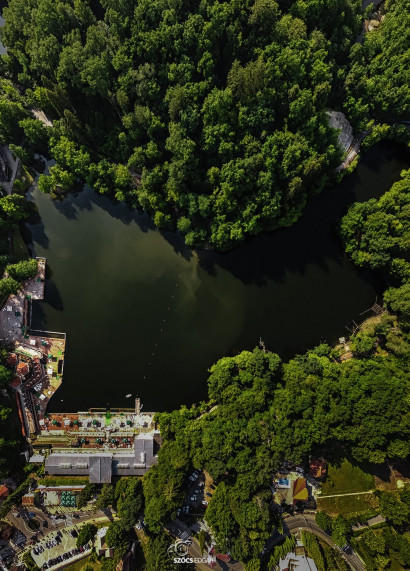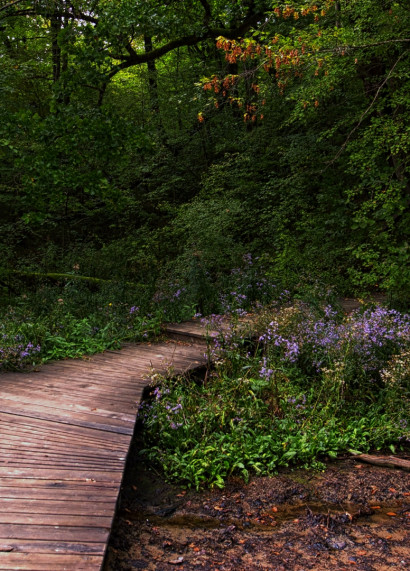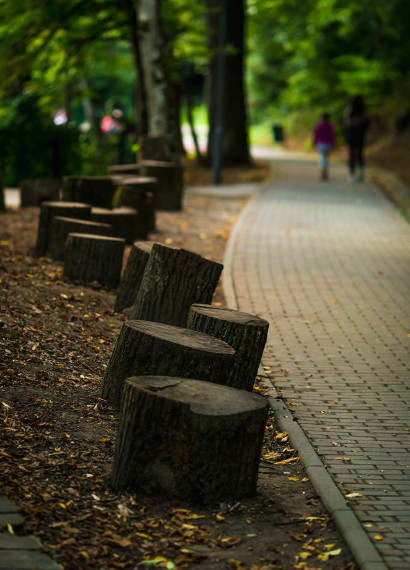Csombod’s Castle - Sărățeni, Chibed
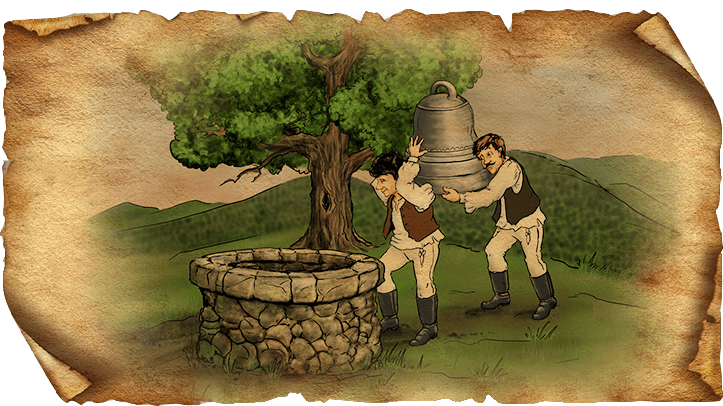
Between Kibéd / Chibed and Sóvárad / Sărăţeni, on a high point, there stood once the knightly castle of Csombod, in the well of which the legendary soldier had hidden a great number of treasures. The lord of the castle, Csombod had a strong, loud voice – so that when he exclaimed, "The Csombod valiant is on his way!," everyone heard it and nobody had the courage to step on the way leading out from the castle. It is believed that the valiant created a tunnel inside the hill below the castle, and he successfully defended the fortress built on the hill against the enemy for a long time. But once the Tatars arrived with the troop so large that he was forced to accept, he would not be able to fight against the numerical superiority or the starving. So he decided to leave the castle together with his soldiers, but first he hid his treasures in the stomach of the earth. They fled to the nearby Hallgató-peak where they waited quietly for the dog-heads to retreat, but the people were entrapped by the latter. The treasure is still hidden inside the hill, waiting to be found. In the vicinity of Sărățeni – as its name also suggests –were probably built castle or castles, smaller fortifications.
In Maros comitatus there were several similar fortresses in the Middle Ages, and Sărățeni could have been one of the chain links of Szekler Castle system, which, according to scientific research, may have been destroyed by a Tartar invasion. If we do not even find the treasure of the Csombod valiant, it is still worth hiking in the area and imagine the events of the legendary times, to go through the evocative place names. In parallel with the supposed location of the castle of Csombod, there is another hill line running down to the riverside of Little Küküllő. The first peak is called the Joy Hill, as, according to the sayings, the leader of the troop besetting the Castle of Csombod after he had won the castle reveled there, celebrating his victory.
Surrounded by forests and meadows, Sóvárad is famous for its Szekler gates and traditional peasant houses, its Reformed church. There is also a village museum. Near the settlement, there are several salt-water, medicinal springs. One of the springs rises from the Castle of Csombod – it is said that its water is painted red by the castellan’s treasure.
In Maros comitatus there were several similar fortresses in the Middle Ages, and Sărățeni could have been one of the chain links of Szekler Castle system, which, according to scientific research, may have been destroyed by a Tartar invasion. If we do not even find the treasure of the Csombod valiant, it is still worth hiking in the area and imagine the events of the legendary times, to go through the evocative place names. In parallel with the supposed location of the castle of Csombod, there is another hill line running down to the riverside of Little Küküllő. The first peak is called the Joy Hill, as, according to the sayings, the leader of the troop besetting the Castle of Csombod after he had won the castle reveled there, celebrating his victory.
Surrounded by forests and meadows, Sóvárad is famous for its Szekler gates and traditional peasant houses, its Reformed church. There is also a village museum. Near the settlement, there are several salt-water, medicinal springs. One of the springs rises from the Castle of Csombod – it is said that its water is painted red by the castellan’s treasure.

